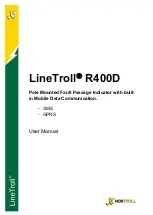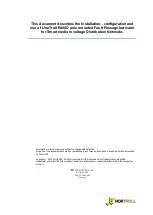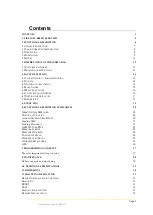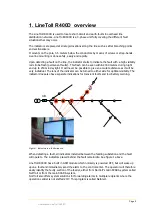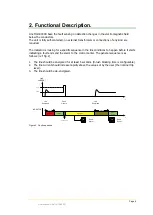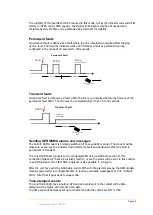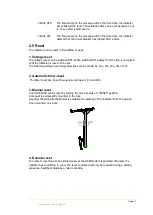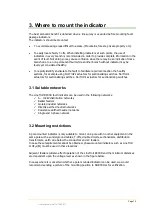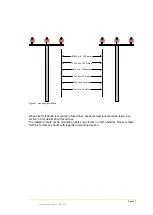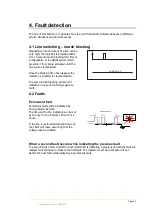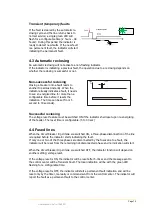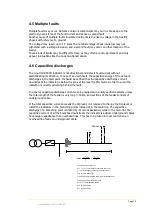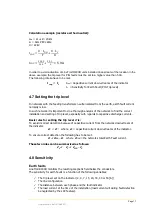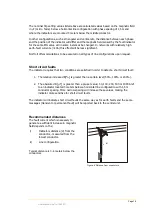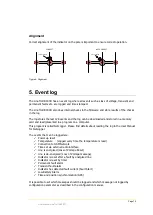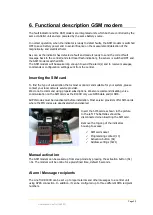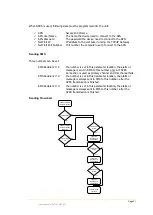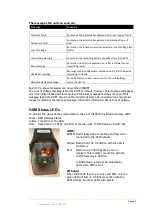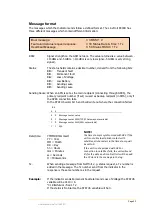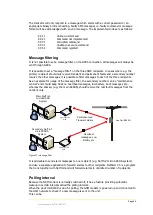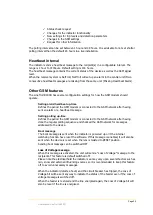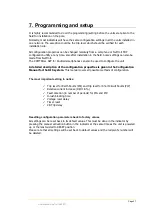
Page 12
User Manual LineTroll R400D
3. Where to mount the indicator
The best economic benefit is obtained when a line survey is executed before mounting fault
passage indicators.
The indicators should be mounted;
•
To avoid accessing areas difficult to access. (Mountains, forests, private property etc.).
•
To easily locate faulty T-offs. When installing indicators at such points, the use of
indicators in every branch is recommended in order to provide complete information in the
event of fault. Not doing so may cause confusion since there may be an indication from a
branch due to a non-permanent fault while another branch without indicator may be
faulty yet considered healthy.
•
to rapidly identify and isolate the fault to facilitate rapid reconnection the healthy
sections, for example using
NorTroll’s
actuators for sectionalizing switches.
NorTroll’s
actuators for sectionalizing switches.
NorTroll’s actuators for sectionalizing switches.
3.1 Suitable networks
The LineTroll R400D fault indicator can be used in the following networks:
✓
6
–
132kV distribution networks
✓
Radial feeders
✓
Isolated neutral networks
✓
Directly earthed neutral networks
✓
Resistance earthed neutral networks
✓
Single and 3-phase network
3.2 Mounting restrictions
A pole mounted indicator is only suitable to mount on a pole with no other equipment in the
same pole such as underground cables, T-offs, double circuits, sectionalizers, distribution
transformers, earth wire below the conductors and LV feeders.
In case these requirements cannot be obtained, phase-mounted indicators such as LineTroll
110E
r/EQ must be used in these locations.
Adjacent feeders will also affect operation of the LineTroll R400D and the minimum distances
are dependent upon the voltage level as shown in the figure below.
In cases where it is uncertain whether a pole mounded indicator can be used, we would
recommend sending a picture of the mounting position to NORTROLL for verification.

